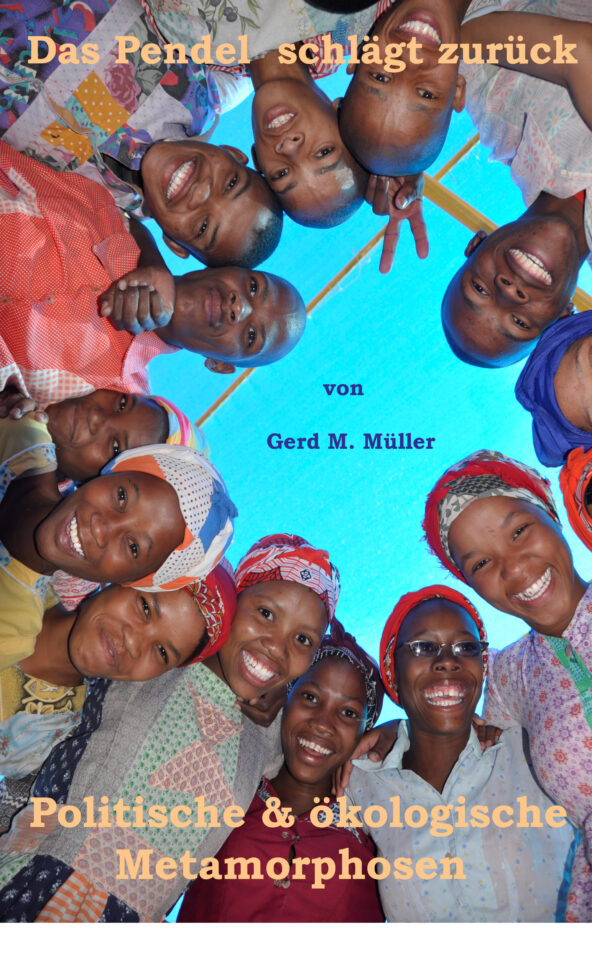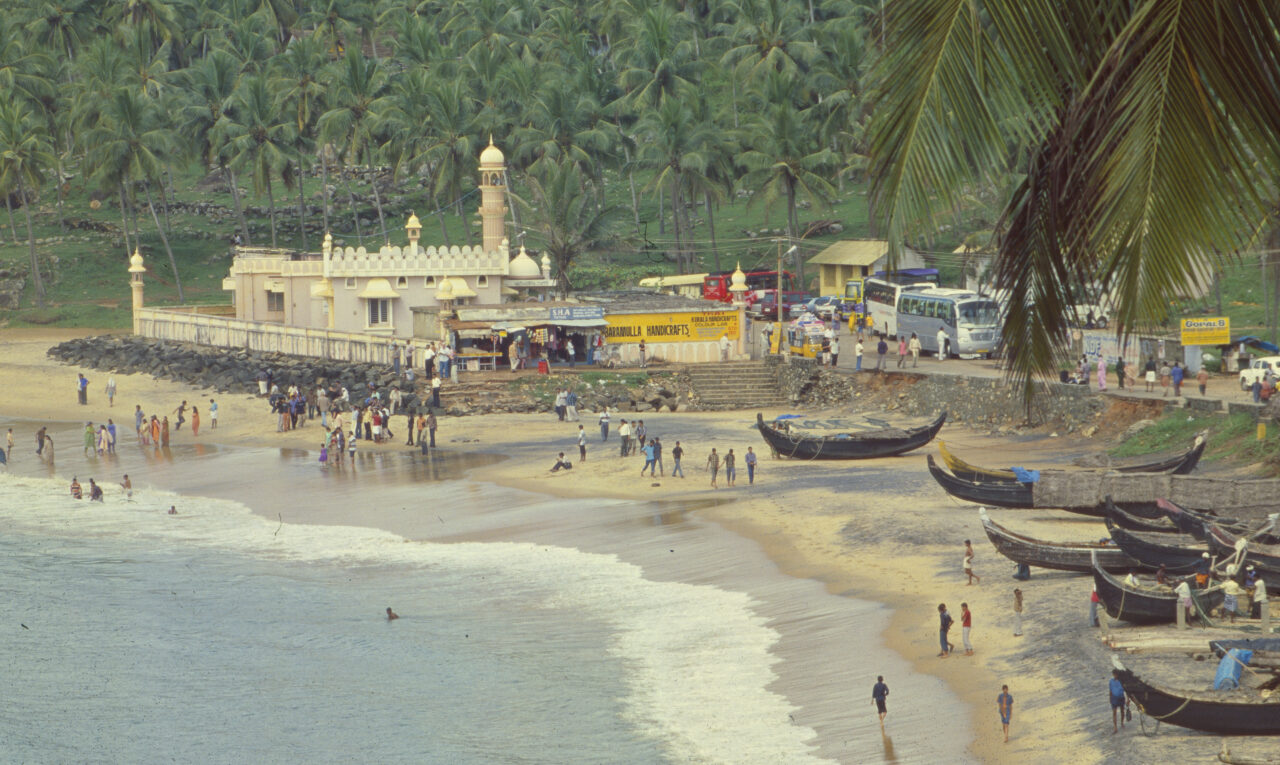FOREWORD
The author, Gerd Michael Müller, born in Zürich in 1962, traveled as a photo-journalist to more than 50 nations and lived in seven countries, including in the underground in South Africa during apartheid. In the 80 years he was a political activist at the youth riots in Zürich. Then he was involved in pioneering Wildlife & eco projects in Southern Africa and humanitarian projects elsewhere in the world. As early as 1993, Müller reported on the global climate change and in 1999 he founded the «Tourism & Environment Forum Switzerland». Through his humanitarian missions he got to know Nelson Mandela, the Dalai Lama and other figures of light. His book is an exciting mixture of political thriller, crazy social stories and travel reports – the highlights of his adventurous, wild nomadic life for reportage photography .
On Lombok, a neighboring island of Bali, relics of the Balinese ruling empire – the Hindu temples of Pura Meru, Batu Bolong and the royal court complex of Mayura – as well as the sites, cultural assets and customs of the indigenous Sasak people are visible. The Sasak follow the Wetu Tela teachings of the Prophet and were not officially tolerated by the Suharto government in Jakarta for fear of separatist movements. Nevertheless, on the day I arrived in Lombok, the villagers of Rambitan flocked together and a long pilgrimage procession set in motion of the tomb of Saint Syaid Abdul Amman. Once there, the Sasak lay down their offerings and pray for good luck, health and a good harvest. The Ziarah procession takes place only once a year after the birthday celebration of Muhammad. But many Sasak also come here in groups during the year to the final resting place of Hadas Husen, as they call their enlightened one, when they seek advice and inspiration.
Another impressive spectacle of animanistic customs is reserved for the mountaineers who dare to climb the 3726 meter high Mount Rinjani on a full moon night. In the full moonlight, the faithful climb to the summit to be as close as possible to the Almighty. The ascent is a tough one. Weather conditions are often harsh. When it rains, the scree becomes very slippery. Before they descend again after long trance states, they take a purifying and healing sulfur bath in the crater lake. From the crater rim there is a breathtaking view over Lombok and up to the mother mountain of the Balinese, the Gunung Agung.
Characteristic of the province of Nusa Tenggara Barat, which includes the neighboring islands of Subawa, is an exceptionally varied surface shape of the hilly landscape and the contrasting climate within a radius of a few kilometers. Despite significant topographic and climatic contrasts, the island, which is a good 80 kilometers long and not very wide, can be divided into four distinct cultural landscapes. The fringe between the northern coast and the mountain range around Mount Rinjani resembles a dry savannah. The wasteland is accordingly sparsely populated. On the other hand, abundant vegetation can be found in the higher altitudes of the central mountain region. It is covered with species-rich monsoon forest. One of the most cultivated areas is the plain around the urban agglomeration. In this agriculturally productive zone, rice, soy, chili and magnificent lotus flowers are cultivated.
In the urban centers of Mataram, the city of the big eyes, Amparam and Chakranegala, the bulk of the population at that time is concentrated at 2.5 million, densely packed (a good 1000 inhabitants per square kilometer). There they squeeze through the dusty lanes in the dokars, the horse-drawn carriages crammed with people and animals. The population is young, with 40 percent under the age of 15. The rapid economic development is coupled with political repression, and even tourist prosperity was often associated with forced expropriations.
The Suharto regime repeatedly made inglorious repressive headlines because the military expelled entire village communities, as in Borobudur on Java and on the island of Gili Trawagan. The dispossessed were hardly paid any compensation, but the Suharto regime profited handsomely from taxes on the hotel complexes that were built there. Political resistance and democratic rules were systematically repressed, freedom of the press was heavily censored and critics of the regime were harshly attacked. The three mini-coral islands Gilli Air, Meno and Trawangan, a snorkeler’s and diver’s paradise, were among the three tourist crystallization points at that time. In the west of the island the Senggi Beach and a bay reserved for surfers near the fishing village of Senggi Beach in the south of the island.
Links:


